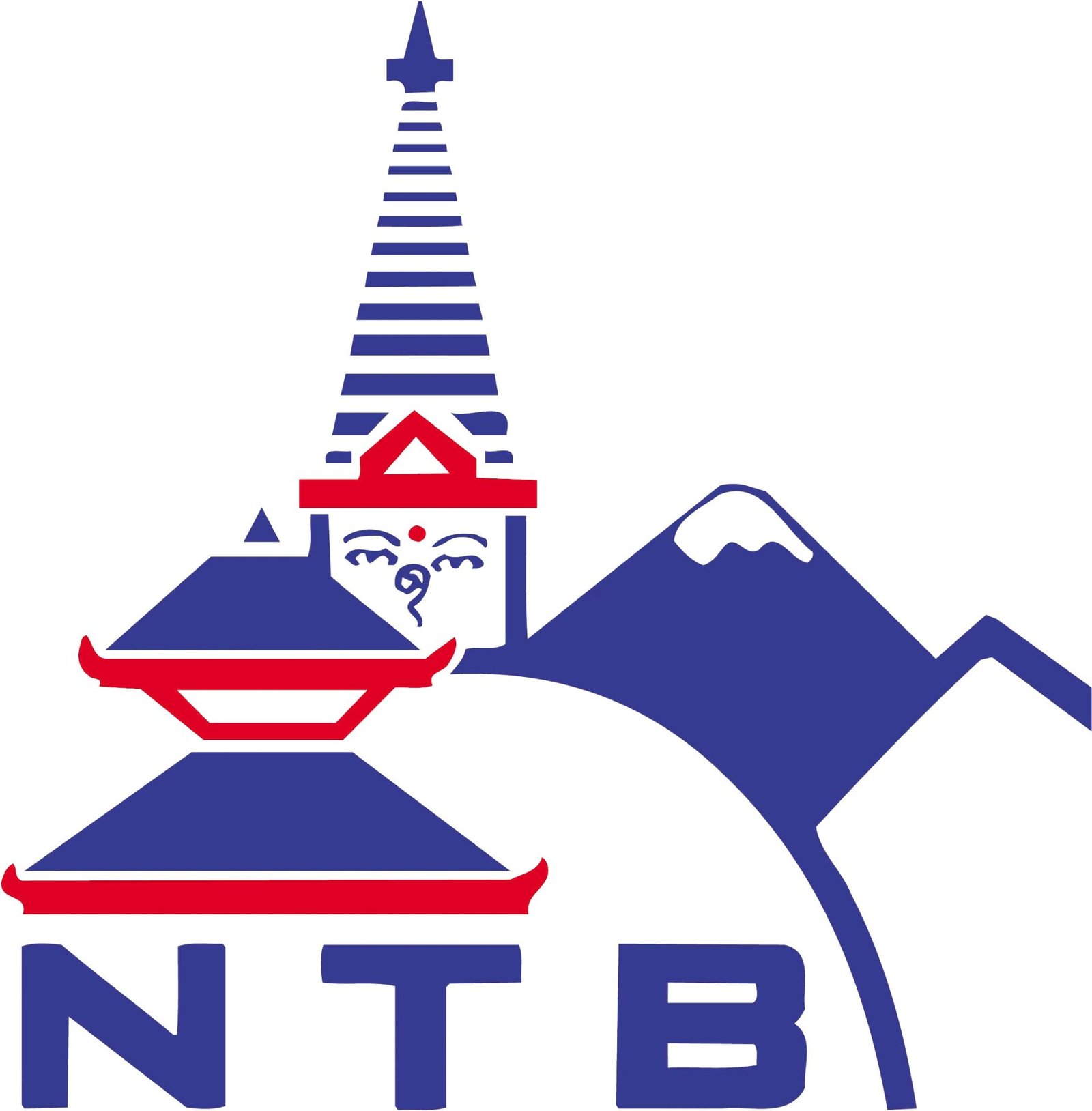When embarking on a trek, whether it be a short day hike or a multi-day expedition, having the right gear can make all the difference in ensuring a successful and enjoyable experience. The importance of gear cannot be overstated, as it not only enhances your comfort and safety but also contributes to your overall performance on the trail. In this section, we will delve into the significance of gear in a successful trek, exploring various perspectives and shedding light on the essential items that every trekker should consider.
1. Comfort and Protection:
One of the primary reasons gear plays a crucial role in a successful trek is the comfort and protection it provides. The right clothing, footwear, and accessories can shield you from the elements, prevent injuries, and keep you comfortable throughout your journey. For instance, investing in a high-quality pair of hiking boots with proper ankle support and a waterproof outer layer can prevent blisters, ankle sprains, and discomfort caused by wet conditions. Similarly, wearing moisture-wicking and breathable clothing can regulate body temperature and prevent chafing, ensuring you stay dry and comfortable even during strenuous hikes.
2. Safety and Preparedness:
Another aspect where gear proves its importance is in ensuring your safety and preparedness for any unforeseen circumstances on the trail. Carrying essential safety gear such as a first aid kit, navigation tools, and emergency supplies can be a lifesaver in case of accidents, getting lost, or encountering unexpected weather conditions. Additionally, investing in a sturdy and reliable backpack with proper weight distribution can help in carrying all the necessary items without straining your body, reducing the risk of injuries and fatigue.
3. Performance and Efficiency:
The right gear not only enhances your comfort and safety but also contributes to your overall performance and efficiency on the trail. Lightweight and functional equipment, such as trekking poles, can help distribute weight, improve balance, and reduce strain on your joints, allowing you to hike longer distances with less fatigue. Similarly, investing in a high-quality tent and sleeping bag that are suitable for the terrain and climate you will encounter can ensure a good night's sleep, promoting better recovery and energy levels for the next day's trek.
4. Environmental Considerations:
When discussing the importance of gear in a successful trek, it is essential to consider the impact it has on the environment. Opting for eco-friendly gear, such as reusable water bottles, biodegradable toiletries, and sustainable outdoor clothing, can minimize your ecological footprint and contribute to the preservation of natural landscapes. By choosing gear that aligns with environmentally conscious practices, you can enjoy the beauty of nature while minimizing your impact on it.
CLOTHING
• Jackets (Fiber or down).
• Woolen shirts and thick sweaters.
• Waterproof jacket with hood or poncho.
• Tracksuit.
• Track shoes
• Trousers
• Thermal Underwear and Thermal coat
• 2 pair of loose-fitting long shorts/ skirts
• Pair of Gloves
• Pair of sandals
• Thermal underwear.
• Woolen hat
• Long-sleeved shirt.
• Towel and Hankies.
• Lightweight walking boots
• 2 pairs of thin socks and 2 pairs of woolen socks
Equipment and Accessories
• Snow glasses and sunglasses
• Trekking Sticks.
• Duffle bag or kit bag to carry to gear while trekking.
• 2-4 plastic bags 2-4 large plastic bags to separate clean clothes from dirty ones. 6-10 smaller plastic bags to dispose of garbage.
• Toilet papers. Bottle, water purifying tablets
• Toilet articles and towels, Toilet paper
• Umbrella (optional)
• Headlamp, Torch, Candles
• Matches / Lighters
• Binoculars, Camera, trekking map, and Daypack bag to carry your personal requirements.
• Water
• compass, pillow, knife, passport photograph, reading materials, pencil, rubber, pen and notebook, lip guard
Details of Trekking Equipment's
Camp shoes/sandals: A luxury for your feet at the end of the day. Sandals or running shoes will be better you can buy them for cheap in Kathmandu, are a necessity for showers during the Khumbu and Annapurna treks.
Thermal tops and bottoms: Good thermals, both tops and bottoms are the best for cold weather in trekking.
Nightwear thermals: Good for making warm nights in the sleeping bag, Silk-weight is lightest and warm.
Fleece/sweatpants: Good for the cold evening and morning.
Day-wear T-shirts/Shirts: On the lower altitude trekking weather will be hot, T-shirts and shirts are recommended.
Trekking pants: Recommended to have 2 pairs.
Wind pants: If your trekking pants are reasonably windproof then special wind pants are not needed. If you do bring a pair, it is not necessary to have Gore-Tex. Similarly, non-waterproof is quite OK.
Neck gaiter: For winter trekking they are really the best for staying warm.
Trekking poles: Trekking poles are very useful especially for downhill, in popular trekking in Nepal you can buy wooden trekking poles sold by children, trekking can be done without trekking poles also.
Sunglasses: Good wraparound glasses suitable for snow, it's bright up there, but specialized glacier glasses with side pieces are not needed. Contact lens wearers report very few problems except cleaning them in the conditions.
Mittens/gloves: A good pair of wind-proof gloves is essential. You can buy in Kathmandu if you don’t have one.
Sun hat/woolen hat: Trekking in spring and summer in lower altitudes is hotter and the whole day shines, you can bring a hat or small cap to protect from Sunburn, on the upper part of the trek more colder and windy so you can a woolen hat to make your head warmer.
First aid kit: All our trekking tour and trek leaders carry the first aid kit box including the medicine for altitude sickness and other small problems, you should bring any personal medicines that you need, sometimes your local medicine is more effective than we provide.
Water purification: Some places on the tea house trek can buy Mineral water but it is discouraged for an
Water bottle: Two water bottles are recommended 1 liter bottle, bring the good one to take boiling water and be leak-proof, European Aluminum bottles are best.
Torch / Flashlight: A flashlight or headlamp is necessary.
Towel: During the trekking, there are no available Towel at guest houses so you need one small and light towel for trekking.
Sunscreen and lip balm with sunscreen: The sun is strong at altitude, especially after snow. Bring at least sunscreen and lip balm with SPF 15, and better still SPF 30+. You can buy it in Kathmandu.
Moisturizer: The air is dry and windier with dust in some parts of the trek so moisturizer is good for caring for the skin, from an environmental point of view because the plastic bottles and hot and boiled water can get from the guest house. Iodine tablets and water purification drop chlorine are recommended.
Toiletries: shampoo, soap, scissors, hair products, toothbrush and toothpaste, tissues, sun cream, chap stick, antiseptic hand wipes, face washer etc.
Daypack: This should be comfortable and a good waist band that transfers some of the weight to the hips is most important. It needs to be big enough to take a jacket, fleece, water, camera, and odds and ends. Kathmandu now offers a range of cheap fall-part packs to the top of the range.
Footwear: One pair of sturdy light to middle-weight hiking boots. Typically these are a combination of nylon and leather. We suggest boots with a Gore-tax lining to be waterproof. These types of shoes have a lug sole for good traction and provide lateral support for the ankles that is essential while hiking (for example; the Vasquez Clarion and the A solo Approach). Heavy-weight all-leather backpacking boots are not recommended. Be sure your footwear is broken in and fits well. Boots should fit comfortably over one thin-liner sock and a mid-weight wool sock. This reduces chafing and blisters. Tennis shoes or sandals are also useful for in-camp use or bathing.
Socks: Four pairs of liner socks. Four pairs of mid-weight wool socks. Socks and footwear should be coordinated for a proper fit.
Backpack: For travel in Nepal and for trekking a backpack is more suitable than a suitcase. If you plan on trekking, a sturdy and comfortable backpack and day pack is essential. You should have your backpack expertly fitted to you before your departure. Your backpack should also have a waterproof cover. Normally you need 2 one is 60 litters and another 25 is more suitable.
Sleeping bag: Down-filled Sleeping bags are better for Nepal tours and trekking. Beg, borrow, or steal a good one (i.e. 4-5 seasons) because high-altitude nights will be cool. Good down is fluffy, light, and thick. A muff (an extra section around the neck) makes a big difference to the overall warmth of a bag. Reasonable sleeping bags are cheaply available for rent or buy in Kathmandu. We advise you to take -20 is better.
Sleeping bag liner: Cotton, silk, or fleece. Saves washing your sleeping bag and adds warmth.
Down jacket/Gore-Tex: This Jacket is needed for trekking up to 3200m also cold in the evening and morning, if you don’t have it and want to use it for only Nepal trekking you can rent it in Nepal.
Fleece jacket: Most trekkers consider this essential, but alternatives are a thick thermal top or a light-down jacket. In Kathmandu, you can get almost any sort of copy fleece you need
Rain Jacket/ Wind Shell: The jacket should be very water-repellent and roomy.
Layering: Keeping the proper temperature is best accomplished by adding or taking off layers of clothing. While hiking during the day, you may be in shorts or a skirt and a long-sleeved shirt. During the evening, as the temperature cools, you will add a sweater and, perhaps, a parka. Bringing the items outlined below will ensure that you are adequately prepared. Make sure that your clothing is sized to allow your layers and still move comfortably.











